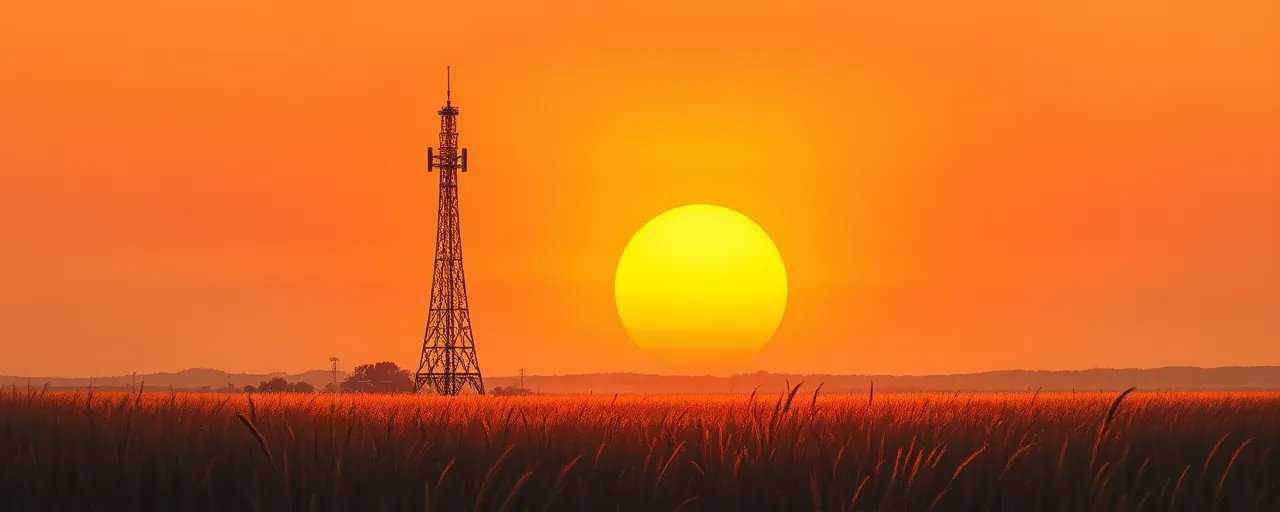A Divisive Spotlight on Public Media
Public broadcasting, a cornerstone of American media for decades, finds itself at the heart of a heated debate. National Public Radio (NPR) and the Public Broadcasting Service (PBS), funded partly by taxpayers through the Corporation for Public Broadcasting (CPB), are under fire for their programming choices. Some argue these outlets stray from their mission to serve all Americans, while others see them as vital for delivering news and education to underserved communities.
The contention isn’t new, but it’s gained fresh momentum. In recent months, lawmakers and advocacy groups have zeroed in on specific NPR and PBS stories, from features on gender identity to documentaries tackling systemic racism, claiming they reflect a narrow worldview. At the same time, defenders of public media argue these programs spark necessary conversations, filling gaps left by commercial outlets.
This tug-of-war raises bigger questions about what public broadcasting should be. Is it a platform for neutral reporting, or a space to explore complex social issues? With federal funding on the line, the stakes are high for stations that rely on it to operate.
The Case Against Public Funding
Critics argue NPR and PBS have drifted from their original purpose, accusing them of favoring stories that align with specific social or political agendas. Examples often cited include NPR’s 2024 piece on queer representation in nature and PBS’s documentary advocating for reparations. Such content, detractors say, alienates portions of the audience and undermines trust in publicly funded media.
Studies have fueled the criticism. A 2024 analysis found PBS’s flagship news program covered certain political figures more negatively than others, while NPR has faced accusations of downplaying major stories, like the 2020 Hunter Biden laptop controversy. Longtime listeners express frustration, pointing to moments when coverage seemed to sidestep inconvenient facts or lean heavily into one perspective.
For some, the solution is clear: cut federal funding entirely. Lawmakers like Rep. Marjorie Taylor Greene have pushed to defund the CPB, arguing taxpayer dollars shouldn’t support content that feels one-sided. They contend public media serves a limited, urban audience, leaving rural and working-class Americans underserved.
The Defense of Public Broadcasting
On the other side, supporters of NPR and PBS emphasize their role in a fragmented media landscape. The CPB funds over 1,500 local stations, many in areas where commercial news outlets have shuttered. These stations provide emergency alerts, children’s programming, and investigative journalism, often with a focus on communities of color or rural regions.
Public media’s defenders argue that controversial stories reflect a commitment to exploring tough issues, not bias. For instance, PBS’s coverage of racial justice or NPR’s segments on gender identity aim to give voice to marginalized groups, fostering understanding rather than division. They point out that public broadcasting’s budget, less than $2 per American annually, is a small price for its impact.
Accountability is a sticking point. The CPB operates with federal oversight, and stations must report how funds are spent. Yet critics and supporters alike agree the system isn’t perfect, with calls for clearer guidelines to ensure programming reflects the diverse needs of the public.
A Broader Context of Trust and Bias
The debate over public broadcasting doesn’t exist in a vacuum. Trust in American media has plummeted, with recent polls showing just 7% of adults have high confidence in news outlets. This skepticism fuels perceptions of bias, as listeners and viewers increasingly gravitate toward sources that echo their own views.
Historically, public media has weathered similar storms. From the 1970s, when funding battles raged, to the 1990s, when PBS faced scrutiny over political documentaries, accusations of leaning too far one way or another have persisted. Today’s polarized climate only amplifies these tensions, with both sides quick to label coverage as unfair.
The rise of digital platforms complicates things further. Social media rewards sensationalism, making public media’s slower, more deliberate approach feel out of step to some. Yet for others, that same measured pace is a strength, offering a counterpoint to the noise of cable news and online echo chambers.
What’s at Stake for the Future
The outcome of this debate could reshape public broadcasting. Defunding the CPB would force stations to lean harder on private donations and corporate underwriting, potentially compromising their independence. Smaller, rural stations might close entirely, leaving gaps in local coverage and emergency services.
Alternatively, reforms could emerge. Some propose stricter oversight to ensure balanced programming, while others advocate for more funding to expand reach and diversity. Whatever happens, the core question remains: how can public media serve a divided nation without alienating half its audience?
Looking Ahead
As hearings loom and public opinion sways, NPR and PBS face a pivotal moment. Their ability to adapt, whether through broader storytelling or clearer accountability, will determine their place in a rapidly changing media world. For now, the debate reveals as much about America’s fractures as it does about the outlets themselves.
Ordinary listeners, from small-town farmers to city commuters, want news they can trust. They’re less concerned with ideological battles than with understanding the world around them. Public broadcasting’s challenge is to deliver on that, proving its worth one story at a time.
